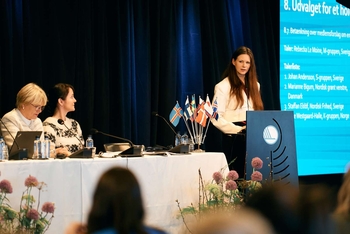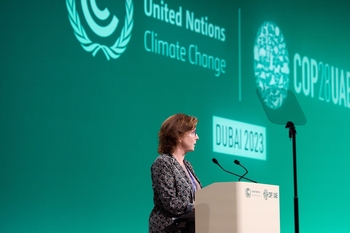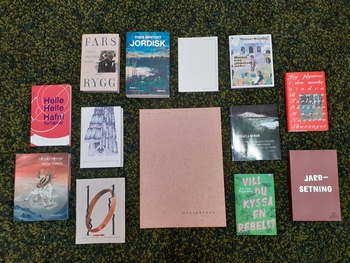New report: Recovery of the cultural sector after COVID-19 pandemic

Published today, the new Nordic report “The recovery of the cultural sector and change after the COVID-19 pandemic” analyses the impact of the pandemic and the change in the cultural sector. There are many similarities between the cultural policies in the Nordic countries, but also differences in the handling of the pandemic. The experiences gained from the initiatives pursued during the pandemic have been gradually built up into more effective measures.
Crisis funding phased out but great uncertainty remains in the sector
In the report, it appears that all the Nordic countries handled the impact of the pandemic by way of targeted crisis funding and forward-looking restart studies. Although the amount of funding varied, the importance of the public cultural policy initiatives has been confirmed during the pandemic.
“Public funding is a prerequisite for cultural life in the Nordic Region and this became only more visible during the COVID-19 pandemic. Although public funding has given stability to the cultural sector, awareness has been raised of the need for more collaboration between different funders and the private sector. There’s a lot more talk about creative industries,” says Maria Hirvi-Ijäs, former specialist researcher at the Foundation for Cultural Policy Research, Cupore, which prepared the report.
All countries had phased out crisis funding by the start of 2023. At the same time, inflation and the energy crisis have brought about new challenges.
“Although there are signs of recovery in employment in the cultural sector, it remains to be seen whether it’s a lasting, long-term recovery. We know that crisis funding was an important measure and that it remains to be seen what will happen to employment and the economy in the longer term,” says Malin Weijmer from Kulturanalys Norden.
Pandemic exposes flaws in the working conditions of cultural practitioners
The crisis of the cultural sector during the pandemic exposed a structural problem which is fundamentally about the long-term economic conditions of cultural practitioners. Larger institutional organisations were able to temporarily strengthen their finances during the pandemic many times, while freelance cultural practitioners have borne significant individual risks.
“The study, as well as the pandemic, have raised awareness of flaws in the system surrounding cultural practitioners’ working conditions and economic insecurity. There we find common experiences of vulnerability and falling through the cracks when crisis funding was allocated,” says Malin.
The heterogeneity of the cultural sector has meant that the economic situation within different cultural industries is very different in relation to available funding and the criteria for its distribution.
Recovery and change of cultural participation
Cultural participation has largely reached pre-pandemic levels. However, within certain age groups, there has not been a full recovery, which can be interpreted as a lasting impact of the restrictions that were stipulated for public activities.
Despite many examples of a quick transition to digital cultural activities, not everyone had the resources to adapt their operations to the new conditions. Not everyone was used to enjoying culture in a digital format either.
“The COVID-19 pandemic suppressed other ways of distributing art forms and laid bare what it really means to meet up face to face or digitally. Certain forms of art such as audio books and music can be more easily adapted to a digital format, while other forms such as theatre and visual art don’t quite work in the same way. The digital form also provides the conditions for new forms of artistic expression and AI is growing in importance,” says Maria Hirvi-Ijäs.
The differences between different production and distribution models were highlighted through different economic opportunities to take advantage of digitalisation during the pandemic.
The report from Kulturanalys Norden has been produced by the Foundation for Cultural Policy Research, Cupore, on behalf of the Nordic Council of Ministers.



